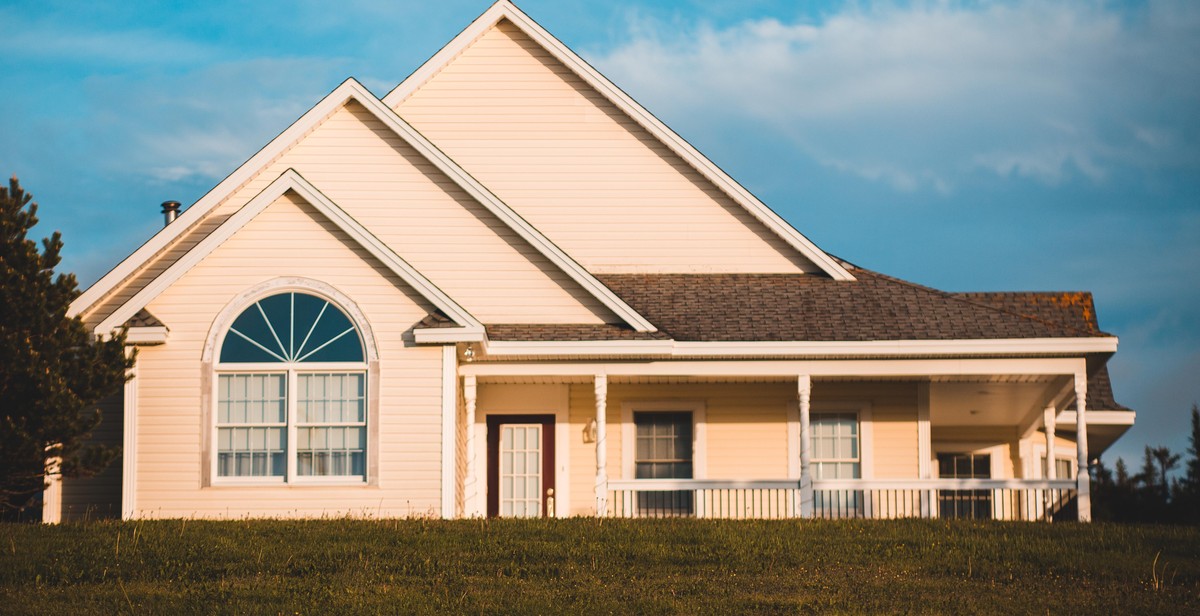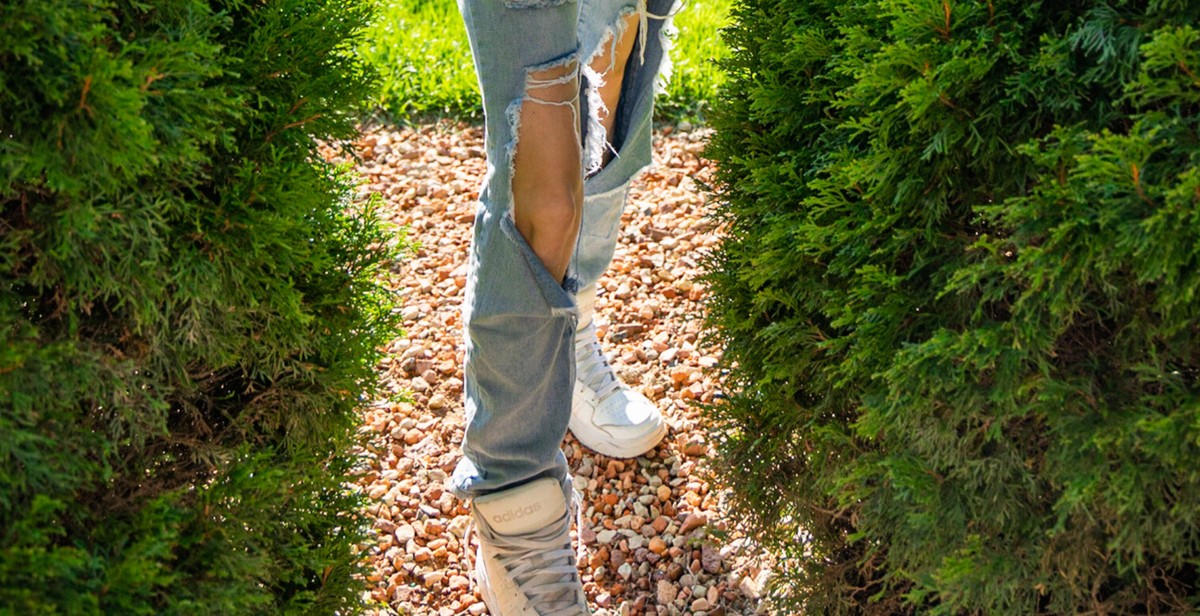How to Start a Community Garden in Your Apartment Complex: Collaboration and Gardening Tips
Starting a community garden in your apartment complex can be a great way to bring people together, promote healthy living, and grow fresh produce. However, it can also be a challenging endeavor that requires collaboration, planning, and hard work. In this article, we will provide you with useful tips and insights on how to start a successful community garden in your apartment complex.
Collaboration
Collaboration is key when it comes to starting a community garden. You will need to work with your fellow residents, property managers, and local organizations to make it happen. Here are some tips:
- Start by gauging interest among your fellow residents. Put up flyers or send out emails to see who might be interested in participating.
- Reach out to your property managers to see if they are willing to provide space for a community garden. You may need to work out some logistical details, such as water access and liability issues.
- Look for local organizations that can provide resources and support. For example, a gardening club or a nonprofit that promotes urban agriculture.
Gardening Tips
Once you have established a collaborative partnership, it’s time to get your hands dirty! Here are some gardening tips:
- Start small. You don’t need a lot of space to get started. Consider starting with a few raised beds or containers.
- Choose the right plants. Consider the amount of sunlight and water your garden will receive, as well as the climate in your area.
- Practice organic gardening. Avoid using harmful pesticides and fertilizers. Instead, use natural methods, such as composting and crop rotation.
- Get everyone involved. Make sure everyone has a role to play in the garden. This will help build a sense of community and ownership.
By following these tips and working together, you can create a beautiful and productive community garden in your apartment complex.
Why Start a Community Garden in Your Apartment Complex?
Community gardening is a great way to bring people together and create a sense of community within your apartment complex. It’s a fun and rewarding activity that can improve mental and physical health, while also providing fresh, healthy produce for everyone involved. Here are some of the top reasons why you should consider starting a community garden in your apartment complex:
Benefits of Community Gardening
Community gardening has numerous benefits, both for individuals and for the community as a whole. By working together to create and maintain a garden, residents can:
- Reduce food costs by growing their own produce
- Improve access to fresh, healthy foods
- Reduce their carbon footprint by growing their own food
- Learn new skills and gain knowledge about gardening and sustainable living
- Improve mental and physical health through outdoor activity and exposure to nature
Creating a Sense of Community
Community gardening can also help residents feel more connected to one another and create a sense of community within the apartment complex. It provides a shared space where people can come together to work towards a common goal, fostering friendships and a sense of belonging. By working together to create something beautiful and productive, residents can also develop a sense of pride in their community and a desire to contribute to its success.
Improving Mental and Physical Health
Community gardening is a great way to improve both mental and physical health. Spending time outdoors and working with plants has been shown to reduce stress, improve mood, and increase happiness. Gardening is also a form of exercise, which can help improve cardiovascular health, build strength, and increase flexibility. Additionally, growing and eating fresh produce can improve overall health by providing essential vitamins and nutrients.
| Benefits of Community Gardening | Creating a Sense of Community | Improving Mental and Physical Health |
|---|---|---|
| Reduce food costs by growing their own produce | Provides a shared space where people can come together to work towards a common goal | Reduces stress, improves mood, and increases happiness |
| Improves access to fresh, healthy foods | Fosters friendships and a sense of belonging | Improves cardiovascular health, builds strength, and increases flexibility |
| Reduces carbon footprint by growing their own food | Develops a sense of pride in the community | Provides essential vitamins and nutrients through fresh produce |
| Teaches new skills and knowledge about gardening and sustainable living |

Collaboration Tips for Starting a Community Garden
Starting a community garden in your apartment complex can be a fun and rewarding experience. However, it is important to collaborate with your neighbors to make the garden a success. Here are some collaboration tips to get you started:
Get Your Neighbors Involved
The first step to starting a community garden is to get your neighbors involved. You can do this by sending out a notice or flyer inviting them to a meeting to discuss the idea of a community garden. During the meeting, you can discuss the benefits of having a community garden and ask for their input on what they would like to see in the garden. By involving your neighbors from the beginning, you are more likely to have a successful and sustainable garden.
Assign Roles and Responsibilities
Once you have a group of interested neighbors, it is important to assign roles and responsibilities. This will ensure that everyone is contributing and that the garden is well-maintained. You can create a list of tasks such as watering, weeding, planting, and harvesting, and ask your neighbors to sign up for the tasks they are interested in. This will help to distribute the workload and ensure that everyone is invested in the success of the garden.
Create a Garden Plan
Before you start planting, it is important to create a garden plan. This will help you to determine the layout of the garden and what plants will be grown. You can involve your neighbors in this process by asking for their input on what types of plants they would like to see in the garden. You can also create a schedule for planting and harvesting to ensure that the garden is well-maintained throughout the growing season.
By following these collaboration tips, you can start a successful community garden in your apartment complex. Remember to communicate regularly with your neighbors and to involve them in the decision-making process to ensure that everyone is invested in the success of the garden.

Gardening Tips for Apartment Complex Community Gardens
Choose the Right Plants
When it comes to gardening in an apartment complex community garden, it’s essential to choose the right plants that can thrive in limited space and sunlight. Consider plants that can grow in containers and don’t require a lot of maintenance. Some great options include cherry tomatoes, herbs like basil and mint, lettuce, and peppers. These plants are easy to grow and don’t require a lot of space to flourish.
Container Gardening
Container gardening is an excellent option for apartment complex community gardens. It allows you to grow plants in small spaces and move them around to find the best sunlight. When choosing containers, make sure they have proper drainage to prevent water buildup. You can use anything from traditional pots to repurposed items like buckets or even old shoes. Just make sure they are the right size for the plant you want to grow.
Composting
Composting is an eco-friendly way to fertilize your plants and reduce waste. It’s easy to do in an apartment complex community garden by setting up a compost bin. You can add kitchen scraps like fruit and vegetable peels, coffee grounds, and eggshells. Add some dried leaves or grass clippings to balance the moisture level, and mix it every few weeks. After a few months, you’ll have nutrient-rich compost to add to your plants.
| Tip | Description |
|---|---|
| Choose the Right Plants | Select plants that thrive in limited space and sunlight, like cherry tomatoes, herbs, lettuce, and peppers. |
| Container Gardening | Grow plants in small spaces using containers with proper drainage, like traditional pots or repurposed items. |
| Composting | Set up a compost bin to reduce waste and create nutrient-rich compost for your plants. |

Maintaining Your Community Garden
Starting a community garden is just the first step. Maintaining it is equally important to ensure its success and sustainability. Here are some tips for regular maintenance, dealing with pests and weeds, and harvesting and sharing produce.
Regular Maintenance
Regular maintenance is crucial for the health and productivity of your community garden. Here are some tasks to include in your maintenance routine:
- Watering: Make sure to water your plants regularly, especially during hot and dry weather. Use a watering can or a hose with a spray nozzle to avoid damaging the plants.
- Weeding: Remove weeds regularly to prevent them from competing with your plants for nutrients and water.
- Pruning: Prune your plants as needed to promote healthy growth and prevent overcrowding.
- Fertilizing: Apply organic fertilizer to your plants once a month to provide them with essential nutrients.
- Mulching: Mulch around your plants to retain moisture, suppress weeds, and improve soil quality.
Dealing with Pests and Weeds
Pests and weeds can be a major threat to your community garden. Here are some ways to deal with them:
- Prevention: Plant pest-resistant varieties and use companion planting to repel pests naturally. Use organic pest control methods such as handpicking, insecticidal soap, and neem oil.
- Intervention: If pests or weeds become a problem, act quickly to prevent them from spreading. Remove affected plants and use organic methods to control the pests or weeds.
- Collaboration: Work with your fellow gardeners to monitor and prevent pest and weed infestations. Encourage everyone to practice good garden hygiene and remove any diseased plants or plant debris.
Harvesting and Sharing Produce
Harvesting and sharing the produce from your community garden is one of the most rewarding aspects of gardening. Here are some tips for a successful harvest:
- Timing: Harvest your produce at the right time to ensure it is at its peak flavor and nutrition. Consult gardening guides or online resources for specific information on each type of plant.
- Sharing: Share your bounty with your fellow gardeners and the wider community. Consider donating excess produce to a local food bank or sharing it with neighbors.
- Pickling and Preserving: If you have an abundance of produce, consider pickling or preserving it for later use. This is a great way to enjoy your harvest all year round.
| Task | Frequency |
|---|---|
| Watering | Regularly, especially during hot and dry weather |
| Weeding | Regularly, to prevent competition with plants |
| Pruning | As needed, to promote healthy growth |
| Fertilizing | Once a month, with organic fertilizer |
| Mulching | Around plants, to retain moisture and suppress weeds |
Conclusion
Starting a community garden in your apartment complex is a rewarding experience that can bring people together and promote sustainability. By collaborating with your neighbors, you can create a beautiful and productive space that benefits everyone.
Collaboration is Key
When starting a community garden, it’s important to involve as many people as possible in the planning and implementation process. This not only ensures that everyone’s needs and preferences are taken into account, but also builds a sense of ownership and investment in the project.
Collaboration can take many forms, from holding community meetings and brainstorming sessions to setting up a shared online calendar to coordinate gardening tasks. Whatever approach you choose, make sure that everyone has a clear understanding of their role and responsibilities.
Gardening Tips
Whether you’re a seasoned gardener or a complete novice, there are a few key tips to keep in mind when starting a community garden:
- Choose the right plants for your climate and soil
- Plan your garden layout carefully to maximize space and sunlight
- Use organic, sustainable gardening practices to promote soil health
- Rotate crops to prevent soil depletion and pest problems
- Water regularly and mulch to conserve moisture
Get Started Today
Starting a community garden in your apartment complex may seem like a daunting task, but with the right approach and a little bit of effort, it can be a fun and rewarding experience for everyone involved. So why not gather your neighbors, roll up your sleeves, and get started today?
